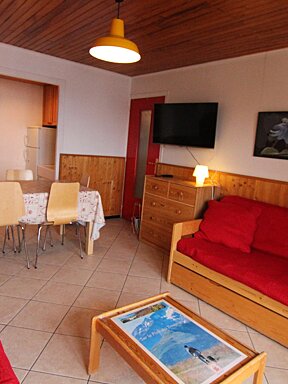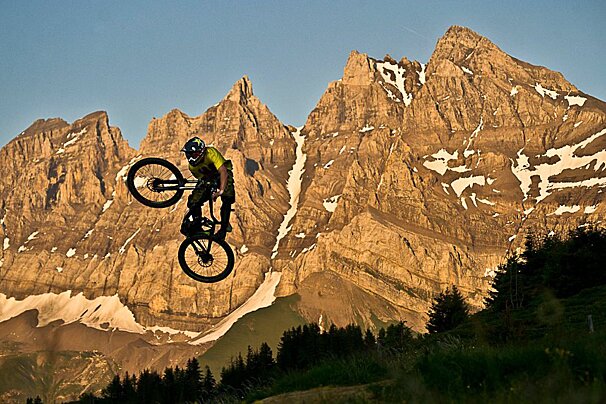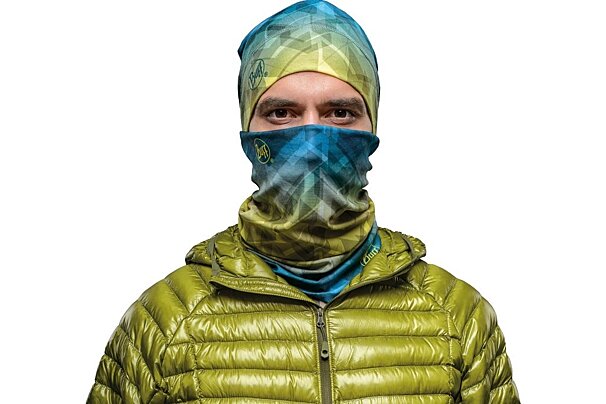




Alpe d'Huez Activity Review: 10th August 2009
OOver the past two days, the weather here in the Southern Alps has taken a turn for the worse. While it remains warm, we’ve been victim to storms of rain and thunder, which have cleared the muggy air of last week and have lowered temperatures to the twenties. The freeze level on Deux Alpes’ glacier remains high – at between 3650m and 4350m – so the rain we’ve had in town is likely to have only fallen as sleet, at best.
Today I set-off down the mountain to visit the town of Vizille, which is our largest town on the route to the city of Grenoble.. It takes around an hour to drive to Vizille from either Les Deux Alpes or Alpe d’Huez and it’s a great drive. The mountain road winds through the villages of Gavet and Livet, following the route of the Romanche river.
As you emerge from the base of the glacial valley, Grenoble’s plain opens up before you and Vizille is the first major town you reach. From the dual carriageway it looks like most other French suburban towns, with concrete apartment blocks separated from the road by trees. Following the signposts into town, the view doesn’t improve much as you wind your way through discount supermarkets and small, unused industrial estates. However, persevere you must, because within these boundaries you’ll find a fantastic gem of French history.
The Domaine de Vizille isn’t really signposted. Follow what road signs you can to the ‘Chateau’ until you reach the town centre where you’ll see the imposing walls of the Musee de la Revolution Francaise. If you can’t find a parking space here, follow the road to the left of the museum entrance and through the short tunnel on the right. There is a free carpark just to the left, opposite the back entrance to the museum.
I should probably explain here that one of France’s foremost museums is tucked away in this semi-industrialised town because Vizille was at the heart of the French Revolution. It was in Grenoble that the riots – which were to become known as the Day of the Tiles – took place on 7th June 1788. In an attempt to pacify the townspeople, a meeting was arranged at Vizille on 21st July 1788 and it was here, at the Assembly of Vizille, that opposition to the absolute monarchy of the French royal family was first publicly and politically debated. Many historians consider this the turning point and the start of the French Revolution.
The museum is housed in the chateau, which dates back to the early 17th century. Entry is free and its' six floors give you a taste of the violence, passion and political upheaval of the day. While there is very little commentary on the artefacts, the paintings, ceramics and busts are incredible and really bring the plight of the people to the visitor. To make the most of this museum, I’d suggest you have some knowledge of the history of the Revolution as visitors really are left to draw their own conclusions.
Visiting exhibitions are displayed on the third floor and the current resident is Corday contre Marat, which runs until 28th September and is well worth a look. These two names became synonymous with the complicated and ever-changing nature of the French revolution. In July 1793, radical political journalist Jean-Paul Marat was murdered in his bath by Charlotte Corday, who considered Marat’s extreme Jacobin views to be responsible for the September Massacres and a threat to the future of the Republic. The exhibition shows both contemporary and modern works of art inspired by and representing this event.
The museum is surrounded by beautifully expansive grounds, which are perfect for a picnic and feeding the ducks. The banks of the river are home to black and white swans and there are deer too. Vizille is a very interesting destination for a day’s respite from the mountains, or as a welcome stop-off on your journey to or from resort.
The museum’s summer opening times run until October, from 10am-12.30pm and 1.30pm-5pm, except Tuesdays. The grounds are open from 9am to 8pm in August, then close at 7pm in September and October and every Tuesday.
































